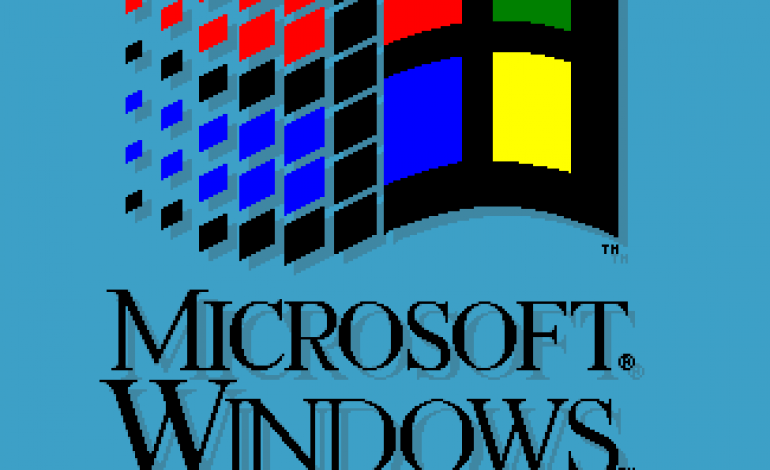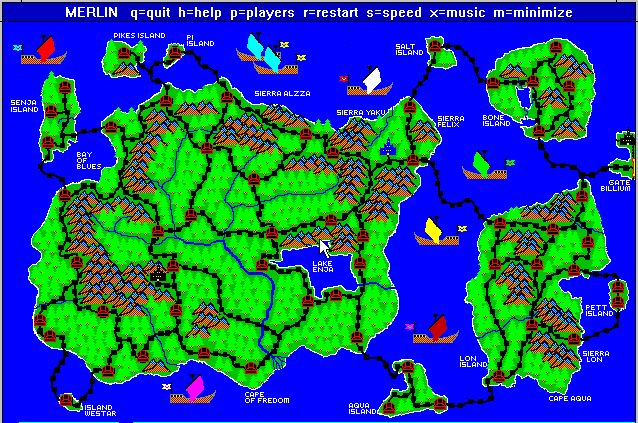

Deep within the annals of PC gaming history lies the realm of shareware. Often spoken of by older gamers like an ancient civilization, the PC gaming scene of the late 1980s and early 1990s was rife with the creations of thousands of young game design hopefuls, hobbyists, and software companies clocking in on the burgeoning gaming market. For content creators of the time, shareware was the easiest and most efficient way to get their products and ideas out into the greater public sphere; almost anyone who used computers during this time period can tell you about the floppy disks and CD-ROMs found in magazines and books that would contain promotional material for whoever was eking their way onto the digital scene. This was especially true for legendary gaming studios like 3D Realms (or Apogee Software), Epic Games (then Epic Megagames), and id Software, who all embarked on their humble beginnings through distributing shareware on MS-DOS floppy disks.
Last year, Internet Archive uploaded an archive of MS-DOS games to its Software Library, which can be played directly in-browser through a specialized version of the DOSBOX emulator. While the DOS library is beloved by many classic game aficionados, Internet Archive has decided to “upgrade to Windows.” As of Thursday, gamers can immerse themselves in the serene power of Windows 3.1x shareware by visiting Archive.org’s Software Library.


A screenshot of Carl Bjork’s 1992 Merlin – The Quest for the Wand. Internet Archive now allows you to play this game (and more) directly through your browser
The Windows 3.1x collection not only includes games like the classic The Incredible Machine series and Sim City, but also boasts over a thousand different utilities, looping animations, and other curiosities that would eventually pave the way for modern-day apps.
The project itself springs from the hard work of volunteers. The aforementioned Internet Archive post details the fateful history – and the eventual impact – of the Windows 3.1x series below:
Released as Version 1.0 in 1985, the graphic revolution was already happening elsewhere, with other computer operating systems – but Microsoft was determined to catch up, no matter what it cost or took. Version 1.0 of their new multi-tasking navigation program (it was not quite an “Operating System”) appeared and immediately got marks for being a step in the right direction, but not quite a leap. Later versions, including versions 2.0 and 2.1, finished out the late 1980s with a set of graphics-oriented programs that could be run from DOS and allow the use of a mouse/keyboard combination (still new at the time) and a chance for Microsoft to be one of the dominant players in graphical interfaces. It also got them a lawsuit from Apple, which ultimately resulted in a many-years court case and a settlement in 1997 that possibly saved Apple.
Meanwhile, the Windows shell started to become more an [sic] more like an operating system, and the introduction of Windows 3.0 and 3.1 brought stability, flexibility, and ease-of-programming to a very wide audience, and cemented the still-dominant desktop paradigms in use today.
Several users, though, have questioned the project’s legal implications. While some point out that the DMCA exempts archival projects from copyright issues, others argue that the DMCA merely allows archival projects to circumvent “access control” protocols for copyrighted material, and that the Windows 3.1x project unjustly redistributes copyrighted material belonging to other parties (not to mention that some of it is not even copyrighted).
Whether or not legal issues arise from the project remains to be seen. For now, prospective gaming historians and Windows veterans alike can head on over to this page to check out Internet Archives’ library of Windows 3.1x games in all their 16-bit glory.
Play games, take surveys and take advantage of special offers to help support mxdwn.
Every dollar helps keep the content you love coming every single day.
